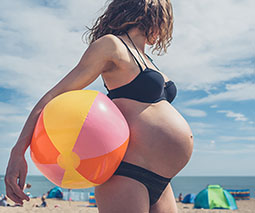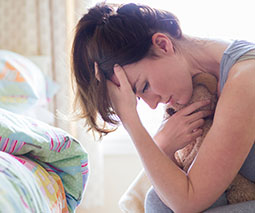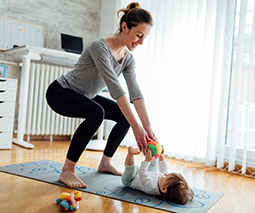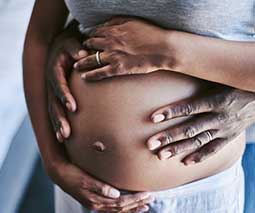What we need to empower women in the birthing suite
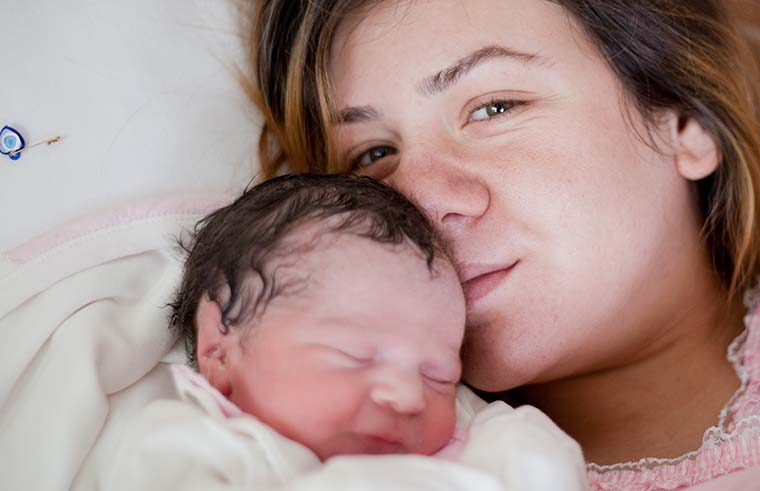
Childbirth, an experience that is intensely physical and emotional for women, has become politicised. There are two camps – those who support medical intervention (caesareans, use of epidurals, forceps delivery, etc.) and those who support natural birth – with as little medical intervention as possible.
The problem with having these two camps is that women are often left floating in between, being yelled at from both sides and feeling completely confused and disempowered.
Those with faith in the medical system may not realise that the current rate of caesarean births in Australia is almost 15 percent above that recommended by the World Health Organisation.
Those who avoid any intervention may not understand the extent of birth trauma that comes with vaginal birth. According to the Australasian Birth Trauma Association, up to 20 percent of all women who deliver a baby vaginally will end up needing surgery for pelvic organ prolapse and anal or urinary incontinence.
Giving birth has never been easy. We’re also living in a time and a country where we have access to outstanding medical care. So how do women empower themselves in the birthing suite, without terrifying their socks off?
Knowing what you want, and why you want it
For Amy Dawes, founder of the Australasian Birth Trauma Association, pregnant women need to be informed of the pros and cons of both options (caesarean and vaginal) before they decide how they will give birth.
“The one-size-fits-all approach to birth shouldn’t apply to our modern-day birth culture, where there are risks that are largely ignored by the wider birthing community — for example, maternal age, ethnicity, maternal weight.
“Positive caesarean section stories don’t always get the attention that they deserve, and a caesarean section doesn’t always mean that it’s a negative outcome. It’s important to recognise that one woman’s birth satisfaction might be obtained by avoiding an unwanted caesarean section, whereas another woman’s experience might be improved by planning one from the outset.”
Amy believes that all the information should be presented to a pregnant woman, and then options discussed, including risk factors and a woman’s fears and preferences, so that women can then make the best decision.
Good communication – understanding the value of informed consent
Once you have decided what kind of birth you prefer, Hannah Dahlen, a Professor of Midwifery at Western Sydney University, says the important thing is for women to be heard.
“Firstly, and most importantly, we need to listen to women and find out what really matters to them. Secondly, we must not coerce or force women to make decisions they don’t want, and we need to make sure they have choice and respect, and that this choice is fully informed.”
In Hannah’s research and experience, the best way to achieve a supportive network for women is through a continuity of midwifery care.
Finding medical professionals who understand and support you
Keira Alexander and Lana Sussman have made different choices when it comes to how they will give birth – but having a supportive and understanding medical professional by their side has made all the difference.
Keira has given birth three times. She found the experience in the public system very disempowering because she had so many different midwives and doctors. Her best experience was with her third birth, where she had continuity of care with a midwife.
“If you have been informed from the start, and you trust everything your caregiver has told you, then it is easier to make a joint decision during such a difficult time. But without any connection, rapport and trust with a random doctor, it’s hard to know whether they’re giving you the correct information.”
Lana Sussman had planned to have a home birth with her first child but ended up with an emergency c-section. Now pregnant with her second child, she has decided against a VBAC (Vaginal Birth After Caesarean). She feels like her OB has given her the best, most informed understanding of the risks involved.
“I’m lucky to have such a brilliant private OB who has been supportive through my whole pregnancy and who tells her mums about risks. I feel at ease with my decision because I had the choice.”
It’s time to stop politicising birth for women
Women nurture, protect and carry their babies for months before they come into the world. From the minute we fall pregnant, birth becomes a very personal and physical experience. It’s time we stepped away from labelling one way of birthing as ‘right’ – given the logical flip side of that argument is that another way is ‘wrong’. Women aren’t stupid; they have the capacity to make an informed decision.
For Amy, that informed decision means using a multidisciplinary approach to birth.
“We would like to see our health professionals; doctors, midwives and pelvic physios working together to deliver the relevant information. Shared decision making between clinicians and pregnant women is key to ensuring choices are offered, options discussed, and women can make the best decision.”
Hannah’s thoughts resonate with Keira – continuous midwifery care makes a huge difference to outcomes for women. Through her research, she has found that if Australia had universal access to continuous midwifery care, maternity care would change overnight.
“We need urgently to take on board the highest level of scientific evidence and make the continuity of midwifery care with all its known benefits something every woman has a right to.”
We need to stop politicising birth and instead offer three simple things to women: unbiased information, the ability to listen, and access to continuous, supportive care.
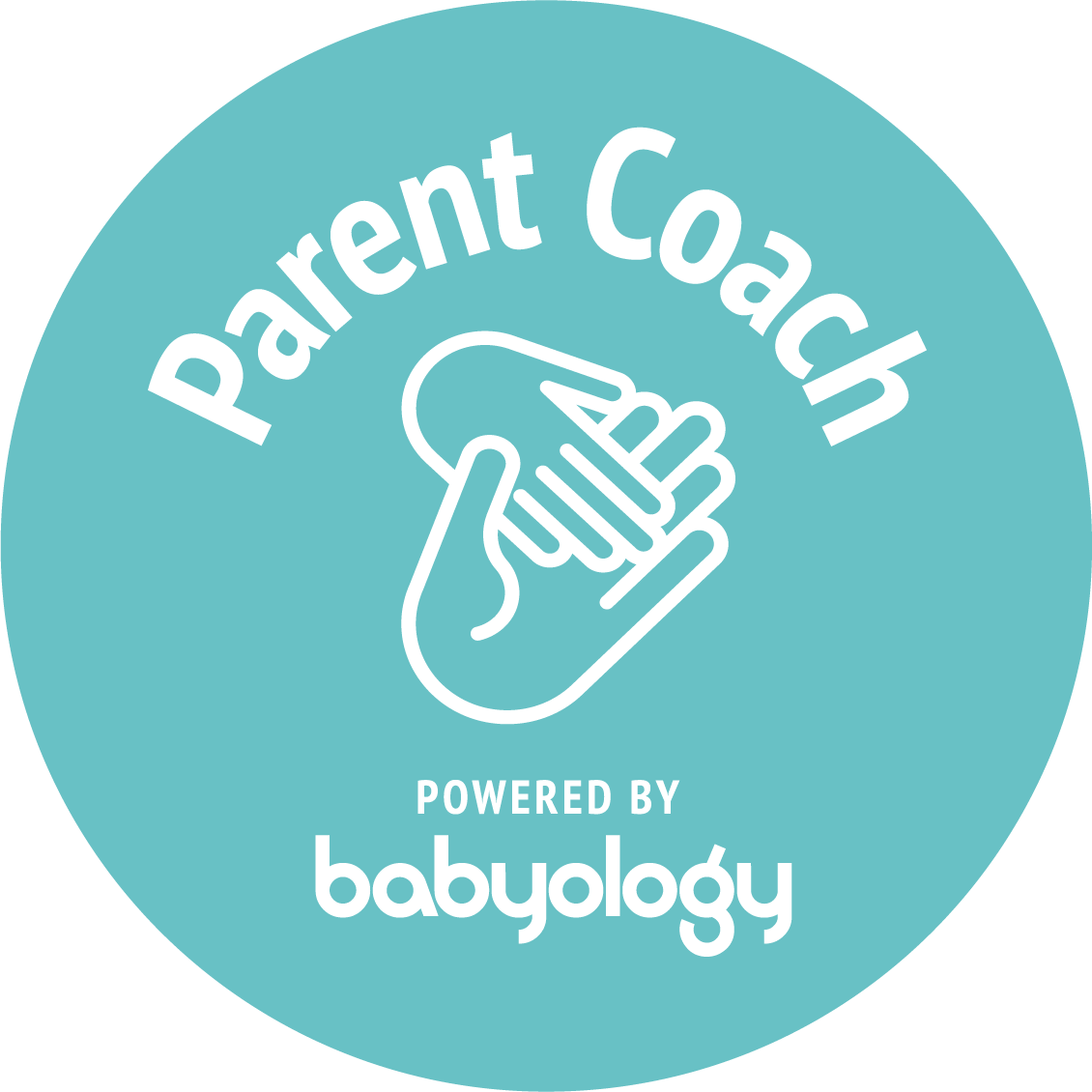 Need some support to be the best parent you can be? Our Parent School parent coaching experts can help. Click to find out more or book a one-on-one session.
Need some support to be the best parent you can be? Our Parent School parent coaching experts can help. Click to find out more or book a one-on-one session.


